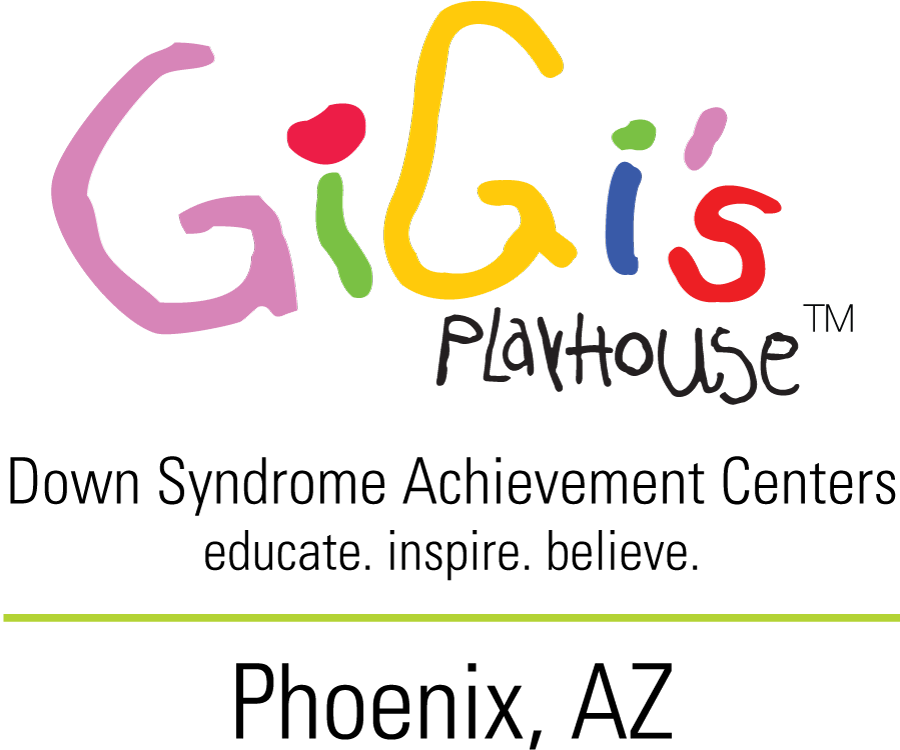At GiGi’s Playhouse, we see potential, ability, and possibility. We educate, inspire, and believe. We celebrate uniqueness and we shout out to the world so everyone knows how AWESOME Down syndrome is! Maybe you know a family member, a student, a neighbor, a classmate with Down syndrome, or maybe you have Down syndrome yourself- we want to share some of our tools for learning and communication so you pass it on! Assume potential. I might have to work a lot harder, but give me a chance. Sensory, physical, and psychological differences make us who we are. Knowing more about these things can unlock effective strategies for teaching and learning, and can help everyone reach their highest potential. Individuals with Down syndrome are more like “typical” people than not. Treat us that way. Start by ALWAYS seeing my ability first, not my disability. Use “people first language.” Disability is simply a medical diagnosis and a descriptor, not a definition of personhood. It’s not “I am Down syndrome,” it’s “I have Down syndrome.” We are all unique and we all learn in different ways. We have things we like, things we don’t, things that we think are interesting and things that are not. We also have different ways of taking in and storing information. When working with individuals with Down syndrome, it’s important to find out what makes them who they are. One of the most effective ways to present information is to use VISUALS. The pathway from the eyes to the brain is much stronger than the pathway from the ears to the brain. Use a visual guide, a schedule, a choice board, a to-do list, a rule card. Providing structure and predictability helps people know what to expect and for how long. Show more, talk less! Remember to be clear and concise with instructions. Literal learners need information presented in a way that promotes “errorless learning.” Errorless learning is a teaching strategy where the instructions are explicit and concise and they leave little to no room for mistakes. Anticipate any errors that may come up when creating the instruction. Catch and correct mistakes before they are made. This will promote confidence and a healthy learning experience. When it comes to literal learning, we do not always learn from our mistakes- instead, we learn our mistakes. Definition: taking in words and interpreting meanings in a concrete, less abstract, literal way. Specifically teach everything you want learned. Use literal instructions. “Please sit up and put your feet on the floor” instead of “You know what to do.” Using “Which number is bigger” versus “Which number is greater” is a subtle difference but a massive one if you’re a literal learner. It’s best to take something complex and break it down into small, manageable pieces. You don’t make a cake by throwing everything in the pan at once. Teach in categories. This helps with filing and retrieval. Create structure and organization in how you teach and deliver instructions. It’s best to show first and then build confidence and independence. Consider using this “I Do, We Do, You Do” approach: First, we start by modeling and demonstrating the task for the learner (“I Do”). Then we guide the learner in the task, either with a physical, verbal, or written prompt (“We Do”). The final stage is independence, when the learer can complete the task with little to no prompting (“You Do”). (Archer & Hughes, 2010) Teach using words and examples that are meaningful and relevant to the learner. The more familiar a word or a phrase is to a student, the closer it stays in the front of their “memory drawer” and easier to access. Adapt your teaching to incorporate interests. Using our multi-sensory approach, include movement, games, music, favorite characters from movies or shows, sports, rhymes, etc. Behavior is a form of communication. Actions speak louder than words and they get more attention. Sometimes a person might use a behavior to get out of a situation and sometimes they might use it when they do not understand the expectations and they...just need a little help. Spend some time getting to know a person so you can gage which is which. Asking for help is an advocacy skill that doesn’t come along naturally to everyone. Knowing when and how to help often starts by empowering an individual to ask for the help they need, when they need it. Eye contact is important. It’s a skill that requires multi-tasking. You have to hold eye contact while simultaneously taking in the environment and non-verbal cues. On top of that, you have to focus on comprehension AND generate a response. That’s a lot going on at once! It also comes with a lot of social pressure. Know that this is a tough skill to master for some people but it is a necessary one. Without a demand for eye contact, a person can slip away from engaging socially. Ask for eye contact and give it. Make sure everyone is included in the conversation! When looking for a response, remember that individuals with Down syndrome have to work harder to retrieve information that is stored. After asking a question, allow time for information to be processed and a response to be generated. Set a timer, say 10 seconds in your internal clock. Repeating the question resets the timer on the process so limit the amount of times the question is asked. Don’t interrupt this process and please don’t answer for another person. Receiving and retrieving information can be tough. Response is the last step in the cycle of communication and it’s one we have to not only allow time for, but also measure in a different way. When learning a new concept, we all go through a “rehearsal” process. Mirror neurons spark in our brains when we see another person performing an action. Our brains are making all of the same connections as if we were doing that same action that we’re watching. Allow time for an “internal rehearsal”- notice that an individual with Down syndrome is engaged, and likely working out exactly how to “perform” the action by watching it first, “rehearsing” it in their minds, and then with enough practice and confidence, they’ll do it! Our main goal at GiGi’s Playhouse is to shift perceptions and show the world that the sky is the limit on what individuals with Down syndrome are truly capable of. The current that guides us is one that constantly promotes independence. With the right learning environment, motivation, and understanding, we can learn. We can work. We can achieve, inspire, and believe.How I Learn
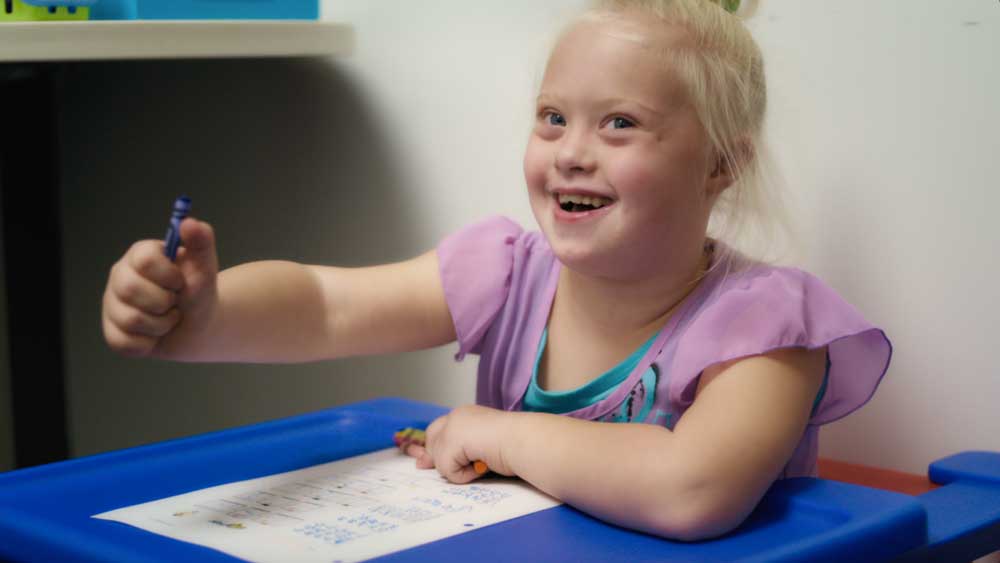
1. First of all, set expectations HIGH!
2. Differences make us who we are.
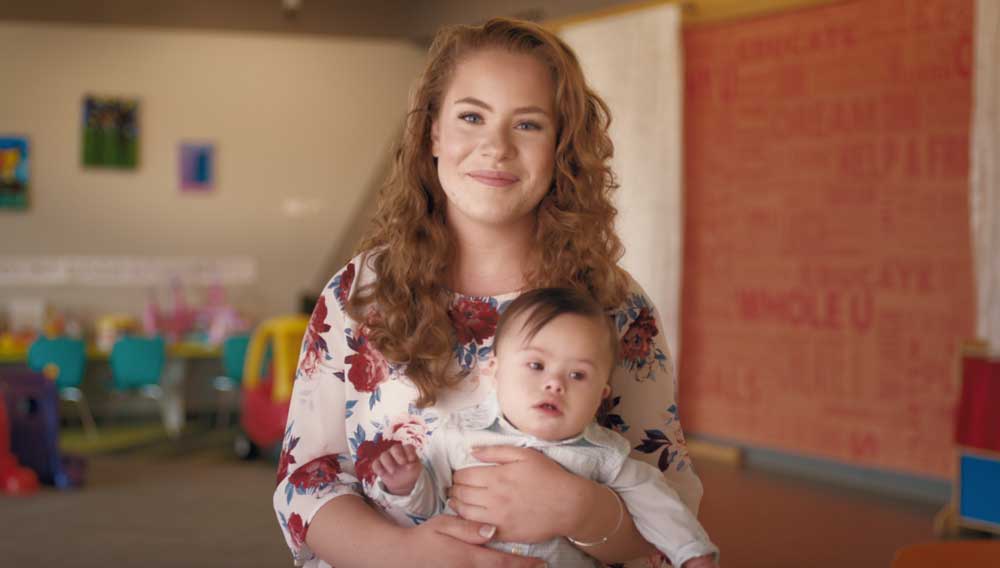
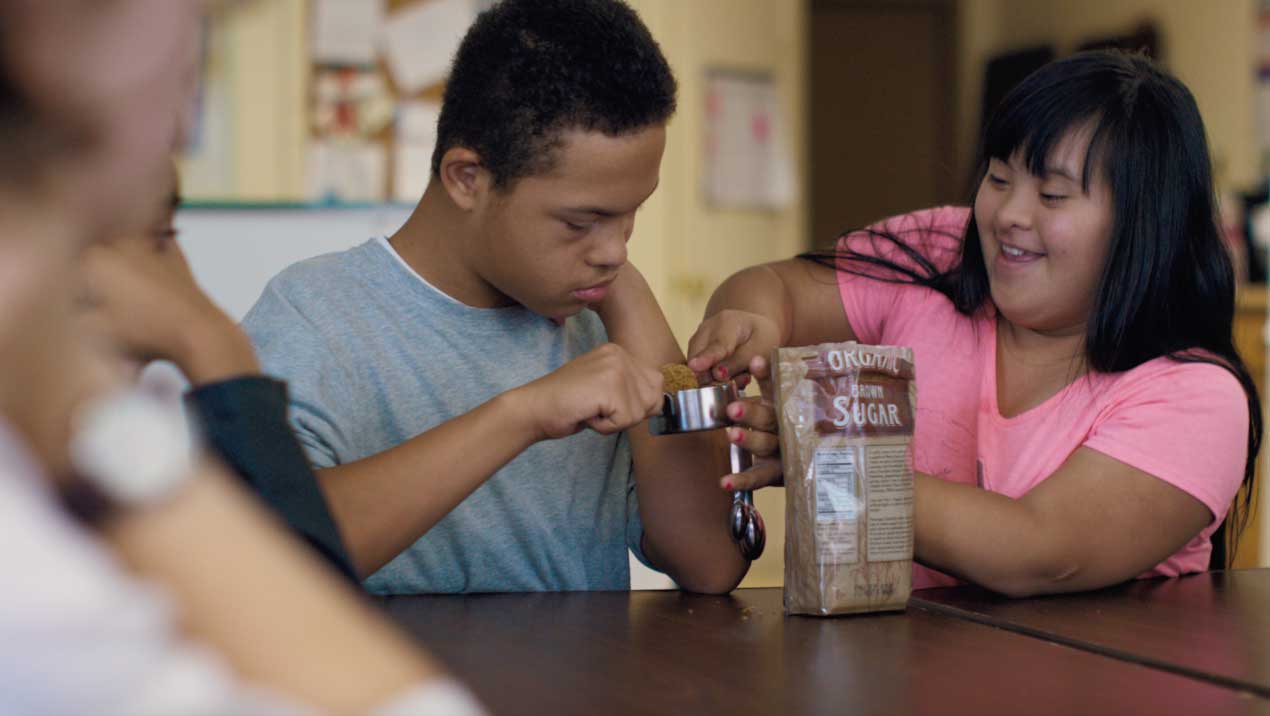
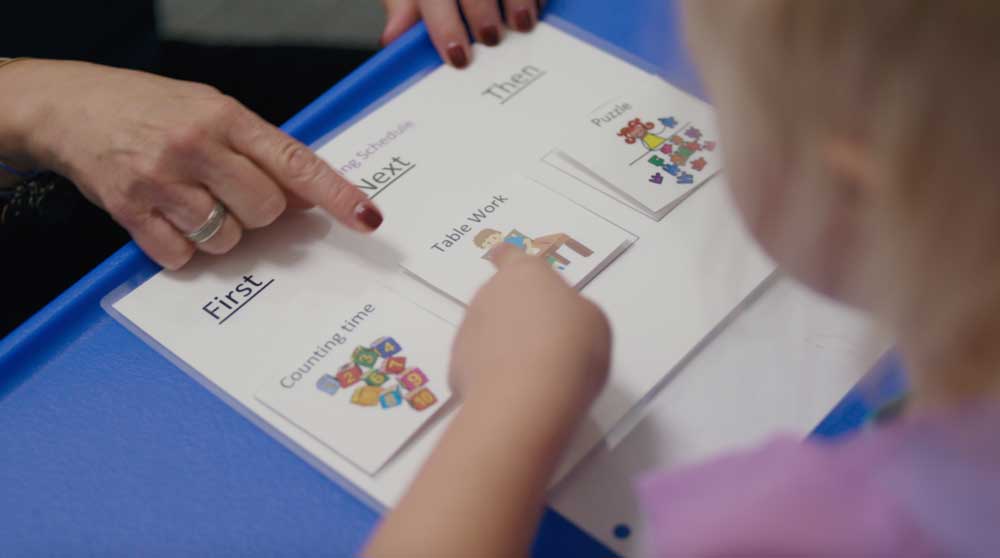
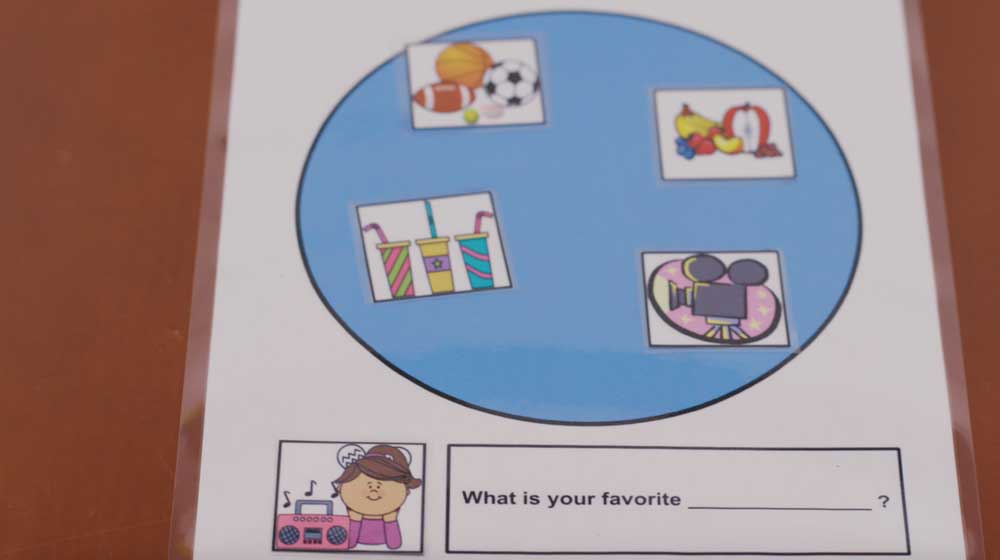
3. Use visuals and clear instructions
Literal Learning
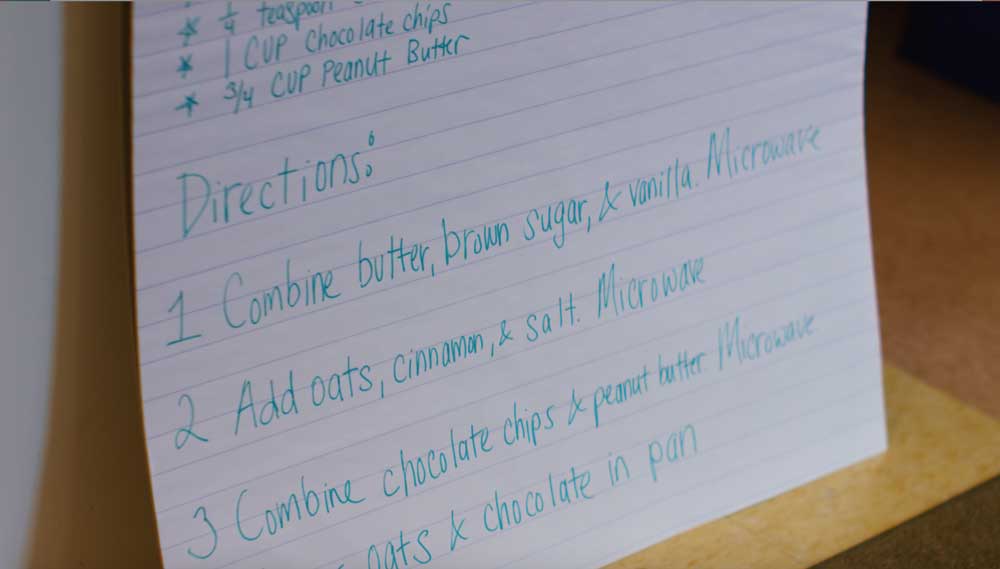
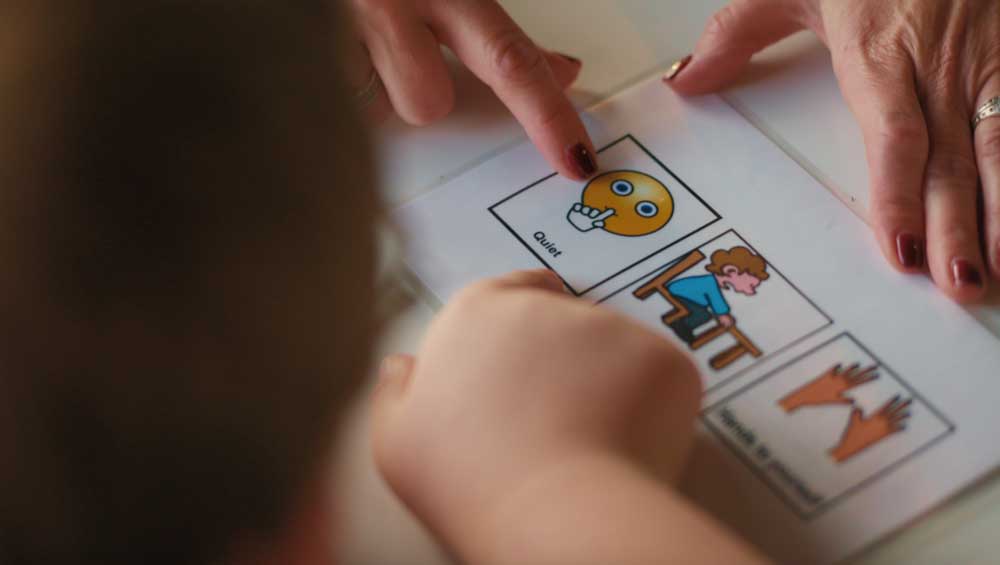
4. Break things down into steps.
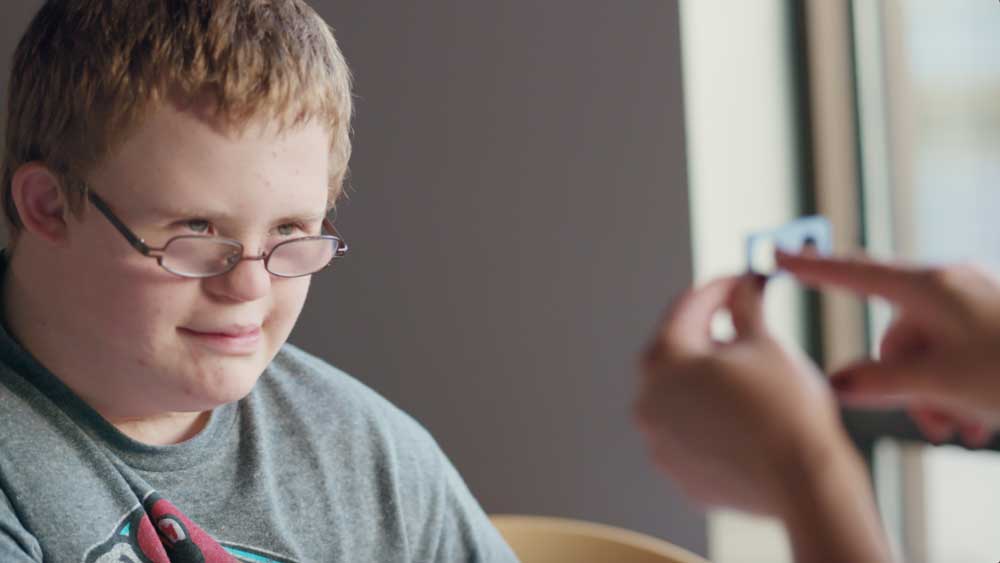
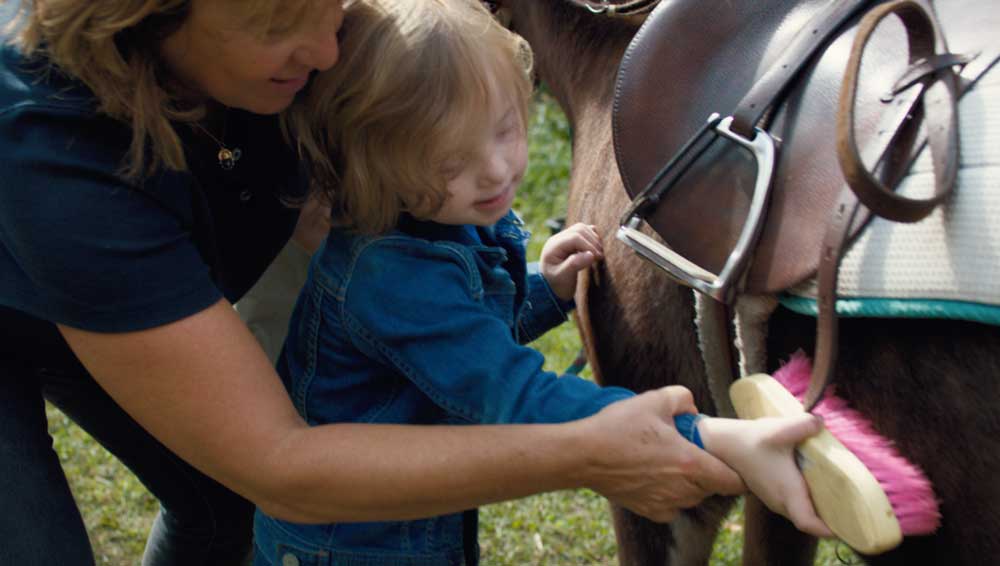
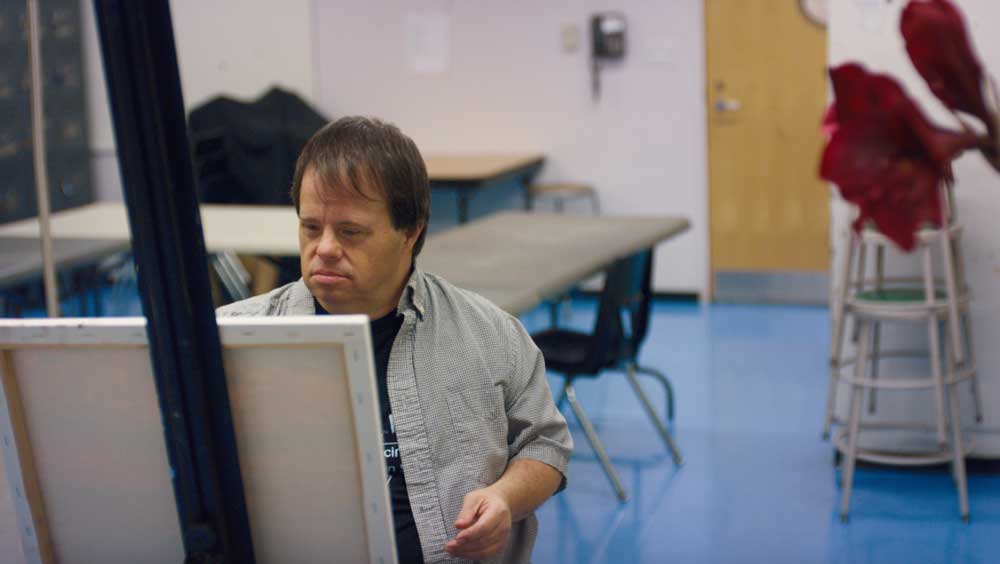
5. Incorporate interests and make it fun!
6. Know when to help.

7. Give time for a response.
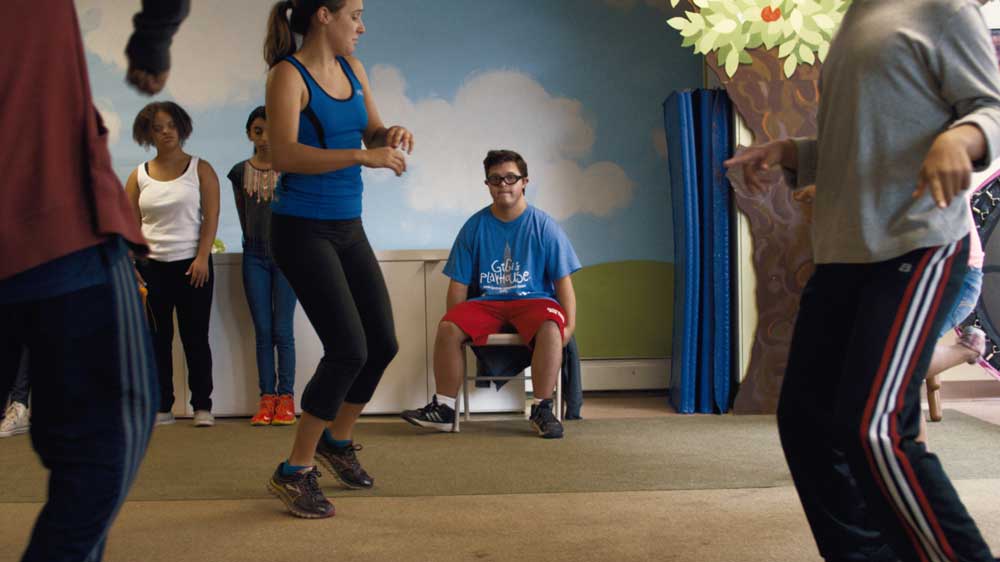
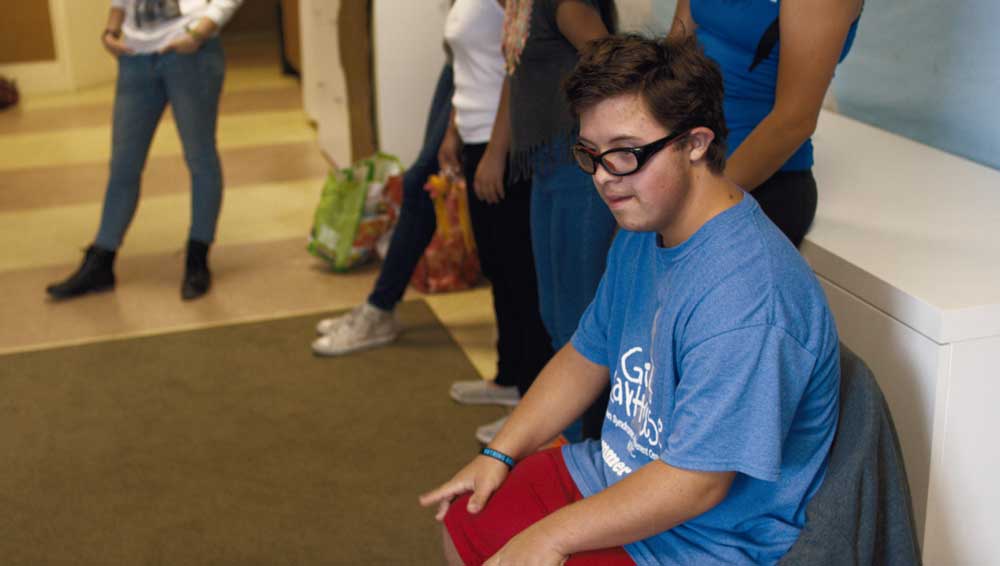
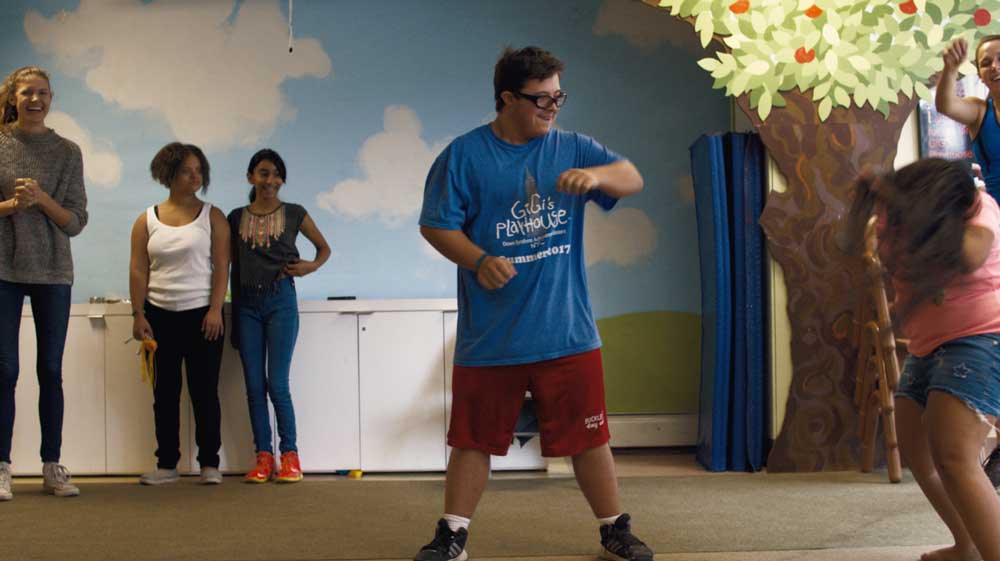
8. Promote independence
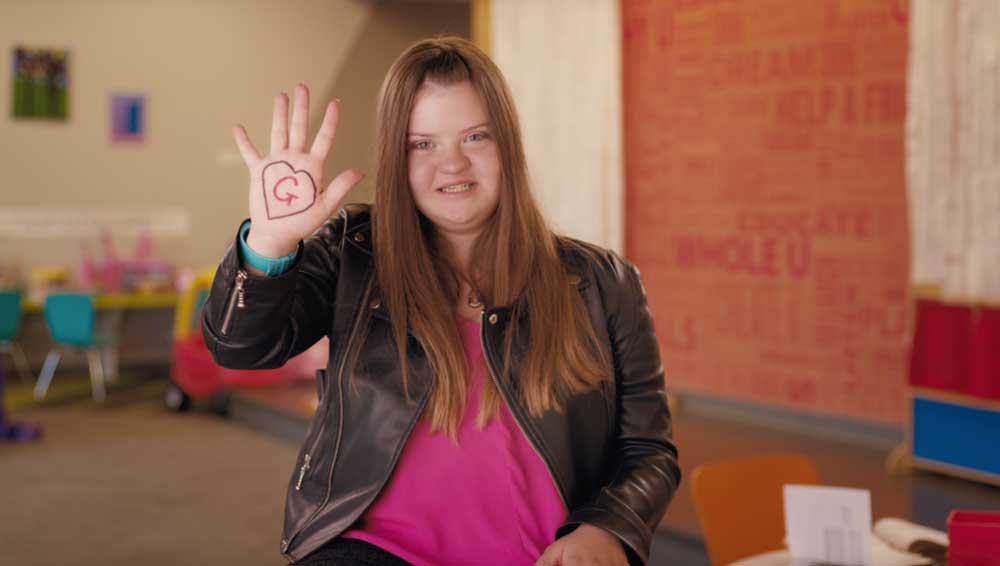
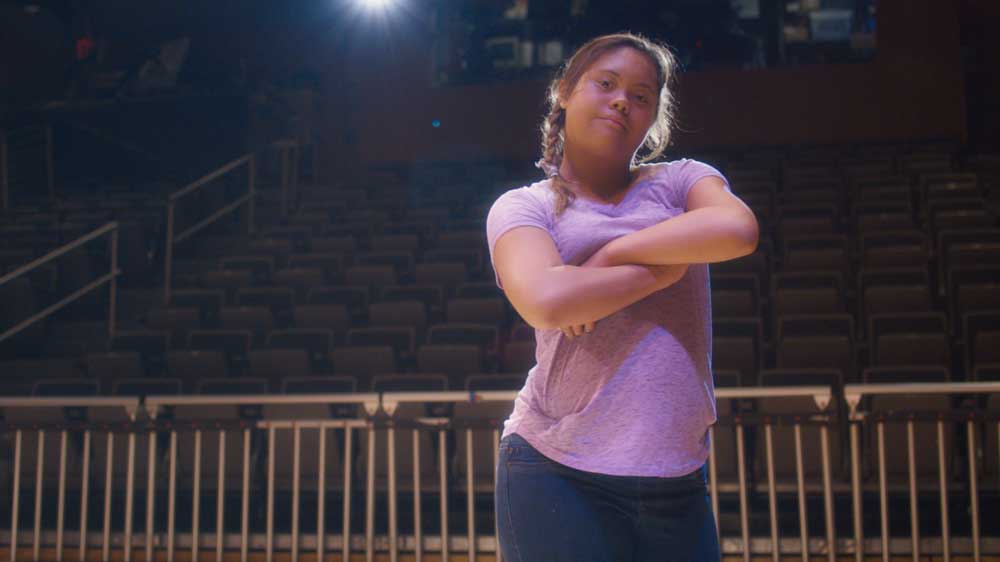
And that is HOW I LEARN
